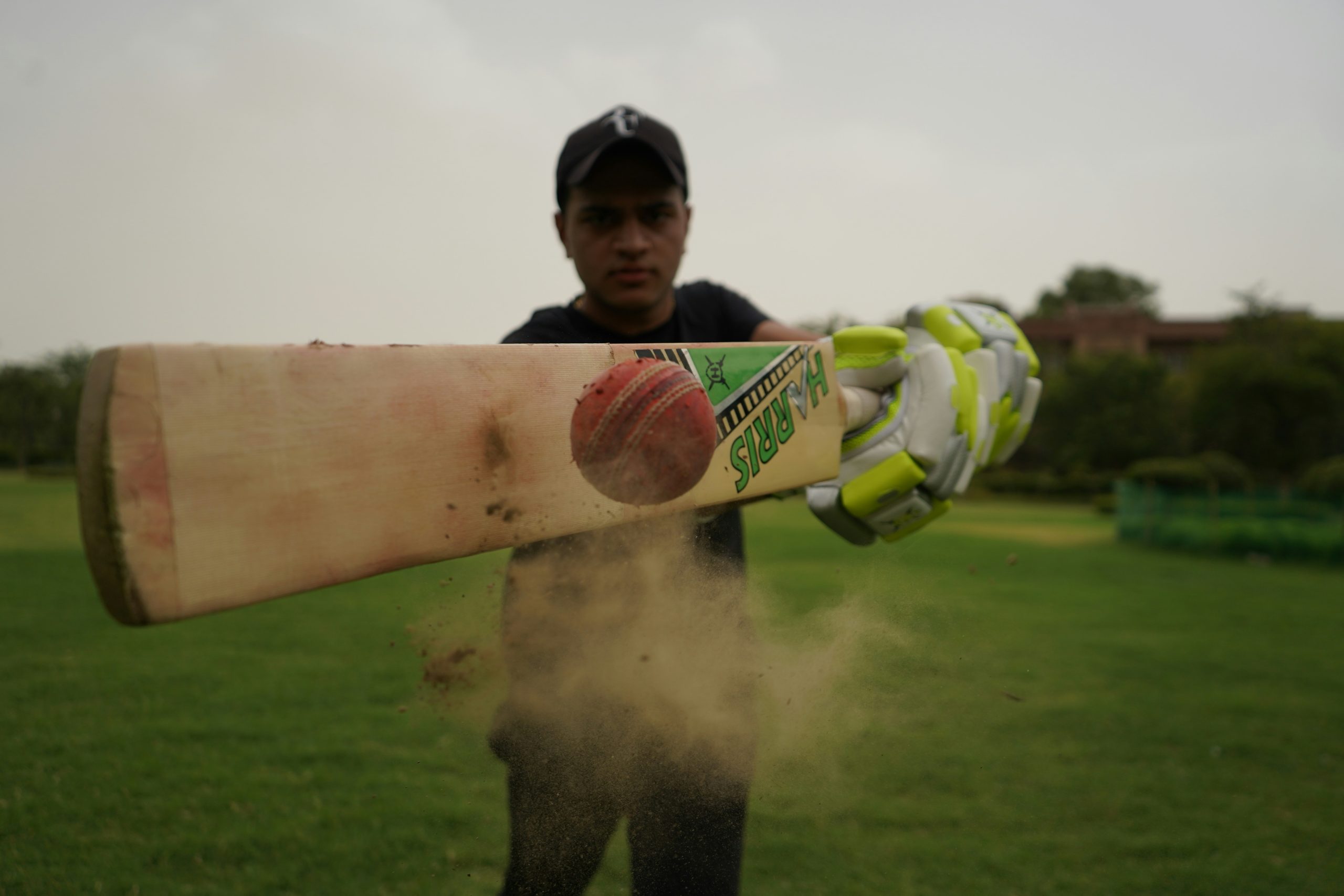Cleats are super important for any sport played on grass or turf. They give you grip, speed, and control. But not all cleats are the same! If you’re trying to decide between soccer cleats and flag football cleats, you need to know the differences.
Even though they look similar, they are made for different movements and rules. Let’s break it down in a fun and easy way!
1. The Bottom of the Cleats
The bottom of a cleat, called the soleplate, is very different for soccer and flag football.
- Soccer cleats: They have rounded, evenly spaced studs to help with quick turns and smooth running. Soccer players move in all directions, so they need stability and flexibility.
- Flag football cleats: These often have longer and more front-loaded studs to improve traction for quick sprints and sudden stops.
If you’re playing flag football, soccer cleats might not give you the best traction!

2. Material and Durability
Both types of cleats are made from lightweight materials, but durability can differ.
- Soccer cleats: Made with soft synthetic leather or knit materials for better ball control. They are thin and lightweight.
- Flag football cleats: Often built with extra support for lateral movements. Flag football involves a lot of cuts and sudden stops, so cleats need to be sturdy.
If you need something long-lasting, flag football cleats might hold up better over time.
3. The Shape and Fit
One of the biggest differences is how cleats fit.
- Soccer cleats: Designed to be snug and tight to help players control the ball. No extra bulk.
- Flag football cleats: Usually have a higher cut to provide ankle support. Some even have more cushion for comfort.
If you like a tight, lightweight feel, go for soccer cleats. But if you need more support, football cleats are better.

4. Toe Design
The toe area plays a big role in performance.
- Soccer cleats: No toe stud at the front because players kick the ball a lot. A smooth toe area helps with passing and shooting.
- Flag football cleats: Some designs have an extra front stud for better forward push when sprinting.
Don’t use football cleats for soccer. That extra stud could mess up your kicks!
5. Rules and Regulations
Different sports have different rules about cleats.
- Soccer: Only low-cut cleats are allowed. High-top cleats and metal studs are not permitted.
- Flag football: Some leagues don’t allow metal spikes, but high-tops are usually fine.
Always check the rules before buying cleats for your sport!
Final Verdict: Which One Should You Choose?
It depends on what sport you’re playing!
- Choose soccer cleats if you want a lightweight, flexible, and smooth-feeling shoe for quick movements.
- Choose flag football cleats if you need more traction, support, and durability for sprinting, stopping, and cutting.
Using soccer cleats for flag football or vice versa isn’t the best idea. Each pair is made for a specific sport, so getting the right cleats will help you perform better and stay safe.

Now that you know the differences, pick the right cleats and hit the field with confidence!

